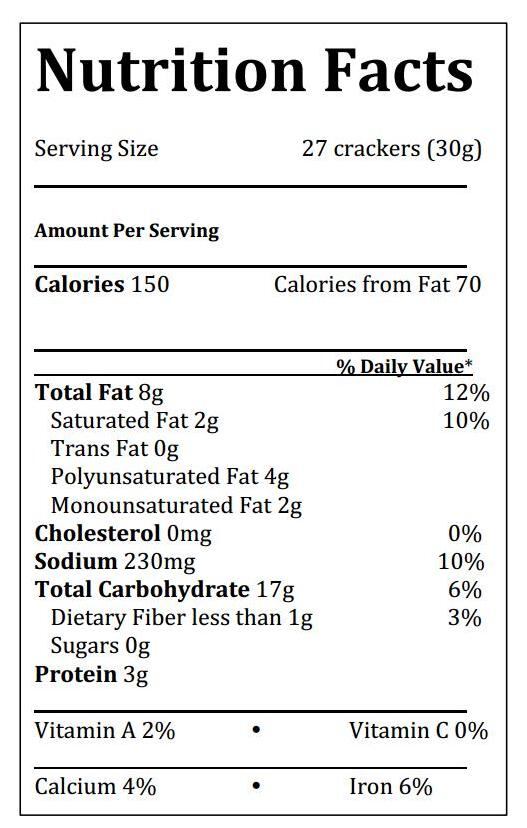The study, published in the Journal of Public Policy & Marketing, suggested that consumers may infer that a product is healthy if its manufacturer is engaged in ‘good deeds’, and that these inferences can be “highly inaccurate, leading to unintended, unhealthy consumer choices”.
Researchers from the University of Kentucky, Westminster College and Florida State University conducted four studies to demonstrate the existence of a ‘health halo’ caused by corporate social responsibility (CSR) activities. The tests split groups between two fictional product launches – one company with a highly positive CSR profile and another with a neutral profile.
The researchers said: “Across four studies we demonstrate that a corporate reputation for CSR leads to a health halo and subsequent underestimation of calorie content and oerconsumption. We examine how a perceived motive for preserving stakeholder well-being is central to this effect.

“We also demonstrate that this health halo can lead to overconsumption, even in the presence of objective nutritional information, and that this effect is mediated by lowered estimates of calorie content.”
Manipulating perspectives
For the first study, 144 undergraduate students were told they would evaluate a soon-to-be launched granola bar. They were given information on this fictional company via a Wall Street Journal article, which described its award-winning corporate social responsibility (CSR) initiatives including recent donations to charity and allowing employees to use payroll deduction to pay for eligible tuition costs. They were then asked to respond to questions on company motives, CSR profile and the healthiness of the product.
How much have you had?
The second study saw 67 MBA students with an average age of 29 years, in two ostensibly unrelated studies on consumer reaction to a new cheese cracker product and memory. After reading the company information they were given a 130g bowl of crackers sufficiently large enough that they could not finish them in the session time while completing a questionnaire on taste.

They were told they could continue eating the crackers in the second seemingly unrelated study where they watched a 30-minute video, which they thought they would be completing a memory test on. The cracker bowls were then collected and weighed revealing those in the high CSR group consumed significantly more than those in the neutral condition.
Counting calories
The same two-part taste and video ‘memory’ study was used in the third experiment, but unlike the first two studies, the 88 undergrad participants in the third study were not given nutrition panels. They were instead asked to estimate calorie content per 30g serving at the end of the session.
The experiment, which also measured hunger levels and hours since last meal, confirmed the previous study’s finding that the participants in the high CSR group consumed more crackers. Participants given these details also estimated each serving contained 165 calories, while this average stood at 197 calories for the neutral group – both of which were above the actual calorie count.
The fourth and final test sought to generalise these findings by using a non-student population of 41 members of a private club affiliated with a public university and its athletics programme with an average age of 52. Using the taste and video model, the participants estimated how many calories they had consumed as opposed to per serving. Again the high CSR firm was viewed as more socially responsible and this group consumed more.
Both groups underestimated the amount of calories they had consumed, but the underestimation was significantly greater for those in the high CSR condition.
Source: Journal of Public Policy & Marketing
Published online ahead of print, doi: http://dx.doi.org/10.1509/jppm.13.037
“When Companies Do Good, Are Their Products Good For You? How Corporate Social Responsibility Creates A Health Halo”
Authors: J. Peloza, C. Ye, and W. J. Montford
